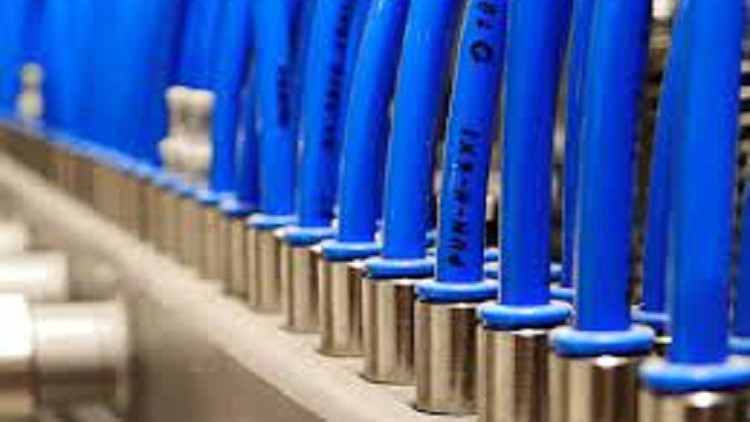Introduction of Hydraulics and Pneumatics
Industrial Fluid Power
4.05 (96 reviews)

2,428
students
2 hours
content
Apr 2021
last update
FREE
regular price
What you will learn
Engineering and undergraduate
Related Topics
3985862
udemy ID
4/16/2021
course created date
4/23/2021
course indexed date
Bot
course submited by